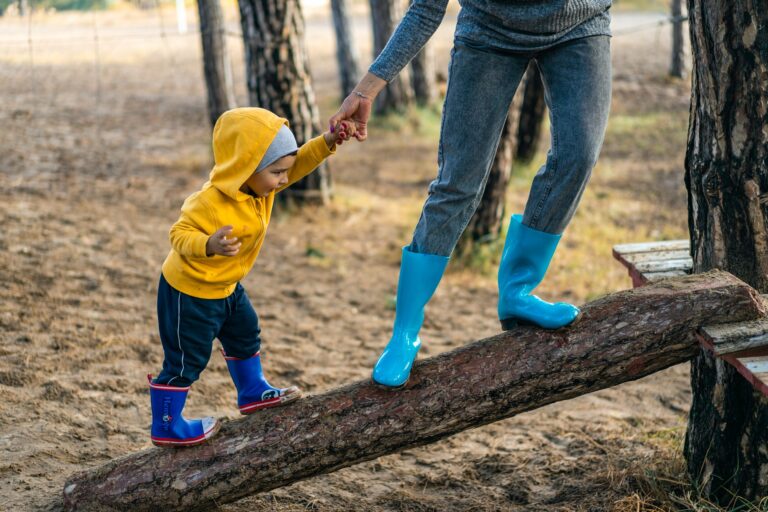Understanding the Japanese Philosophy of Nagomi
Words have the power to evoke profound feelings, emotions and connections. Much like the warmth captured by Hygge, or the humanistic beliefs shared in Ubuntu, there are countless philosophies from across the globe that make life more vibrant for all. Today, we’re diving into an ancient philosophy that embodies everything calm – Nagomi.
What it means
Nagomi, pronounced “na-go-mi”, is derived from the Japanese verb “nagomu”, which means to calm down or to be comforted. At its heart, Nagomi is all about finding a sense of calm, peace, and tranquility within oneself, and by extension, with the world around. It signifies a harmonious balance between the inner self and the outer environment.
This philosophy emphasizes the importance of feelings over thoughts, promoting the idea that our emotions often harbor deeper truths about our well-being than our minds. For the Japanese, Nagomi is not just a fleeting feeling but an art of living that involves deeply respecting oneself and others and finding serenity even in the presence of chaos.
How you can practice Nagomi
Much like Hygge’s invitation to enjoy the cozy and comfortable, Nagomi encourages us to cultivate moments of introspection and inner calm in our lives. Here’s a few ways you can incorporate Nagomi into your daily routine:
- Nature Walks: Japan has always held a deep reverence for nature. Take a quiet walk in nature, in a garden, forest or along the beach. Breathe in the fresh air, observe the colors and textures and let nature’s symphony soothe your soul.
- Mindful Breathing: Spend a few minutes each day focusing on your breath. Deep, conscious breathing can instantly bring a feeling of calmness and clarity.
- Traditional Arts: Engage in traditional Japanese arts like flower arranging or tea ceremonies. These activities require patience and concentration, allowing you to be fully present in the moment.
- Minimalist Living: Embrace simplicity in life. Declutter your living spaces and keep only what is truly essential. The external calm will reflect internally.
- Connection: Like Ubuntu’s focus on human connection, Nagomi also values the serenity that comes from harmonious relationships. Regularly engage in meaningful conversations and activities with loved ones, cultivating a space of mutual respect and understanding.
At Sage, we believe that life’s beauty lies in its intricacies. From the vibrant moments of togetherness that Hygge brings to the profound interconnection embodied by Ubuntu, and now, the tranquil harmony of Nagomi, there’s a world of philosophies awaiting to enrich our lives. Embrace them, and find your own path to a vibrant life.






